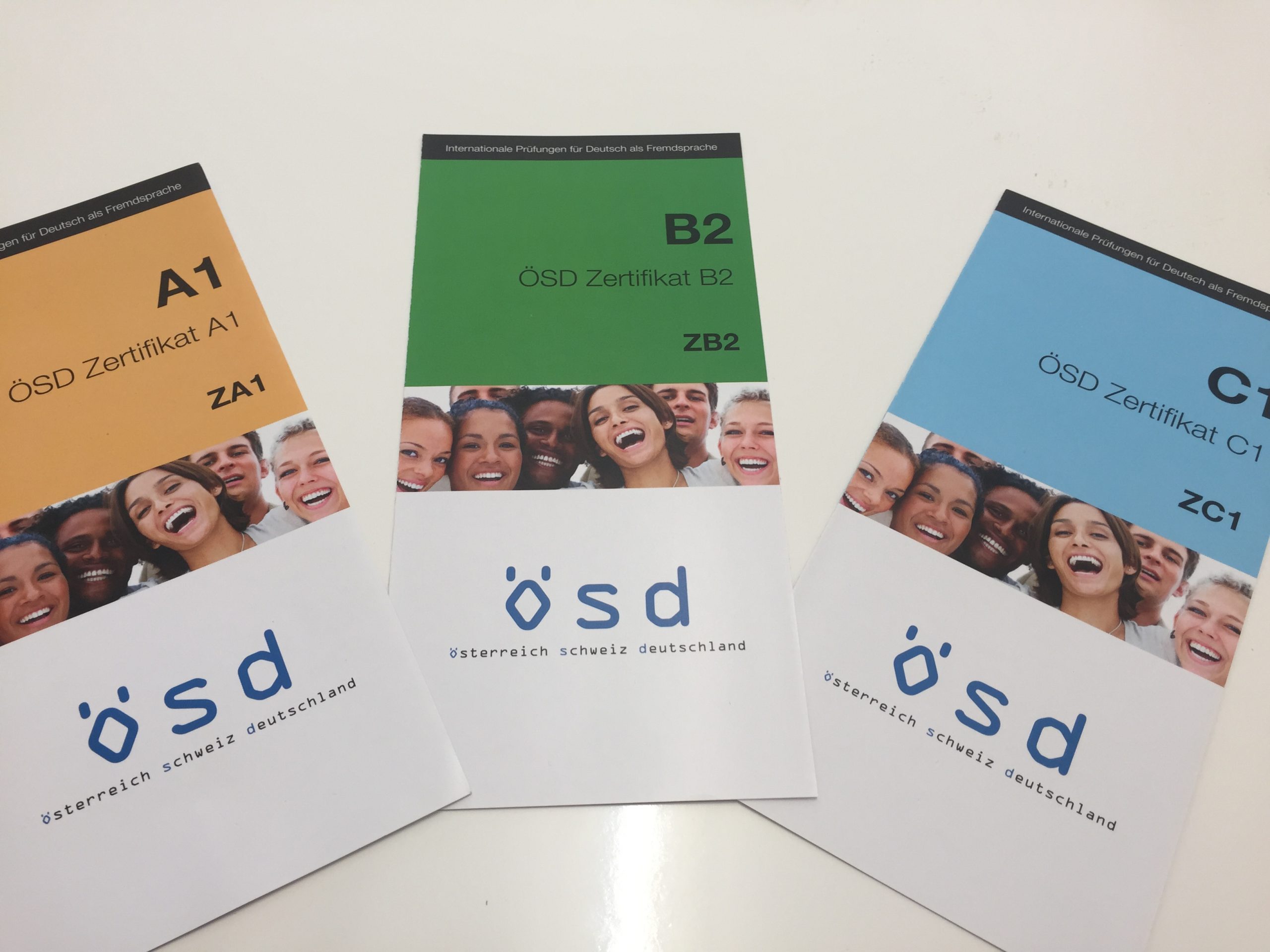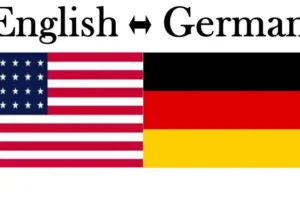
ÖSD vs Goethe Zertificat Test
ÖSD
stands for Austrian Language Diploma in German. Internationally recognized as
evidence of German language proficiency is the ÖSD exam. The standard
variations of the German-speaking nations of Austria, Switzerland, and Germany
(DACH countries) are equally represented in the exam since OSD promotes the
idea that German is a pluricentric language. ÖSD certification is useful for
anyone who want to live, work, or study in these nations. Another exam that
verifies advanced language competency in German is the Goethe, which is offered
to both adults and teenagers.
The
ÖSD tests run the gamut from A1 to C2 levels and are widely accepted. At the A1
and A2 levels, the emphasis is on basic communication in everyday
circumstances. The B1 and B2 levels increase your ability to converse fluently
and spontaneously with native speakers as well as for business purposes. For
more complicated communication, C1 and C2 levels are ineffective, while they
might be useful for some advanced professional requirements.
The
ÖSD exam assesses each of the four language abilities—reading, listening,
writing, and speaking. There are written and spoken portions to the exam (for
all except B1 and C2). Reading, listening, and writing are all included in the
written exam. The written and spoken tests can be passed independently. The
levels of the Goethe examinations range from A1 to C2. The Goethe exams’ levels
are comparable to those of the ÖSD examinations. The Goethe B1 and the ÖSD B1
were designed in tandem and are lookalikes. Each module of this exam must be
passed with at least a 60% score.
A
major advantage of ÖSD B2 is that it may be simpler to pass since you just need
a combined score of 60% in speaking and 60% in listening, reading, and writing
to pass. Additionally, you have the advantage of simply using dictionaries for
the ÖSD exam at this level.
In
a few of weeks, you can prepare for confident conversations in German by
selecting one of these examinations.
You may also like

Basic level A1

Intermediate Level – B1

